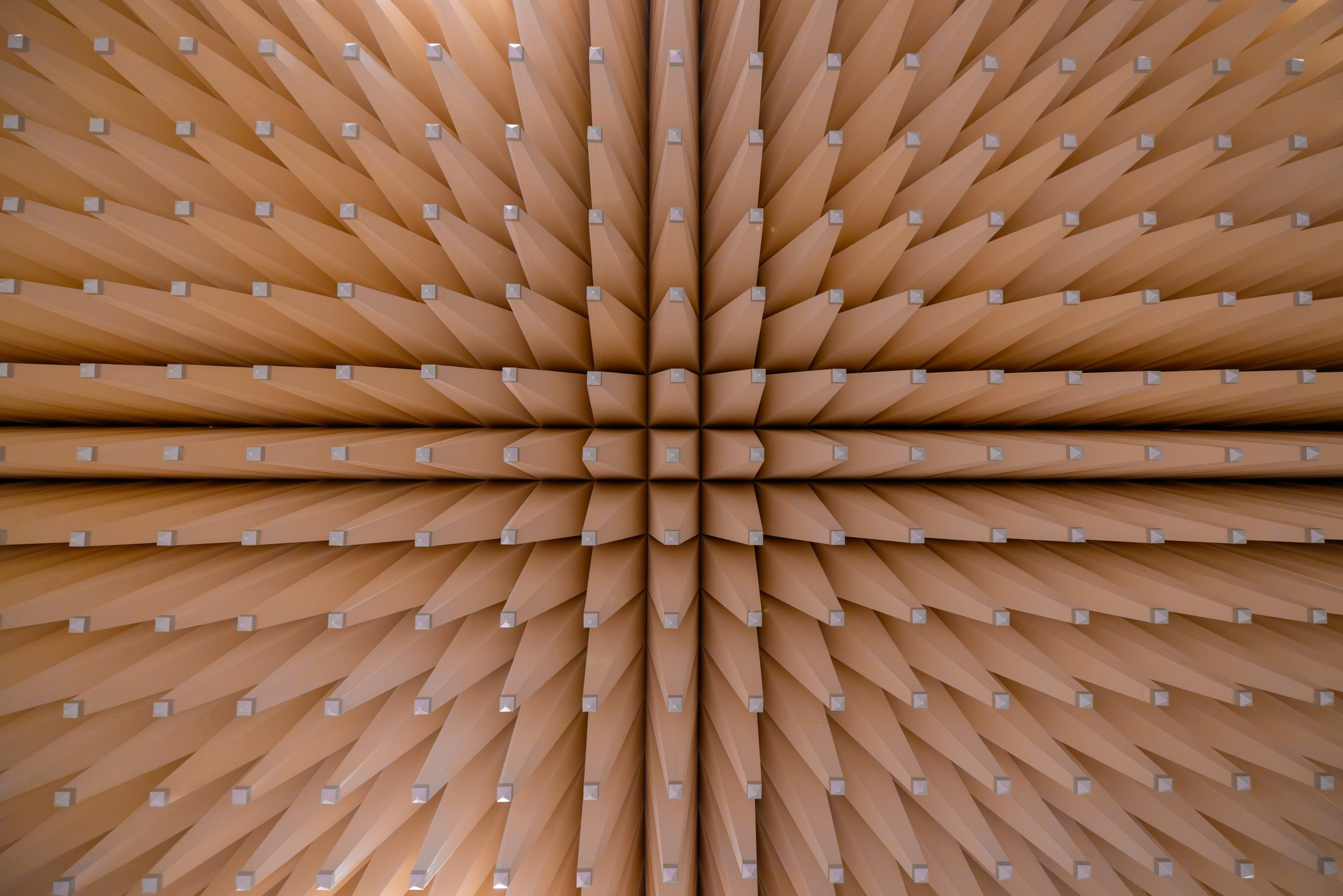Mycelium High-Rises: Fungal Insulation Reduces HVAC Costs
Welcome to the future of sustainable building design: mycelium high-rises. This revolutionary concept combines the properties of fungi with the efficiency of high-rise buildings to create a cost-effective and environmentally friendly solution for insulation. In this article, we will explore how mycelium can reduce HVAC costs and revolutionize the way we think about building insulation.
The Power of Mycelium
First, let’s explore what mycelium is and why it has captured the attention of the construction industry. Mycelium is the vegetative part of a fungus, typically found underground or growing on decaying matter. It consists of a vast network of tiny, thread-like structures called hyphae, which work together to form a mycelial network. This network is incredibly resilient and can adapt to various environments, making it an ideal material for insulation.
Mycelium-based materials have been used in various industries, from packaging and textiles to bioremediation. Its ability to self-assemble and its strength as a composite material have made it a promising option for building insulation. By utilizing mycelium as a natural insulation material, we can reduce the use of traditional insulation materials, such as fiberglass or foam, which can have negative impacts on the environment.
Mycelium High-Rises
The concept of using mycelium for insulation in high-rise buildings is still in its early stages, but its potential is already being recognized by architects, engineers, and construction companies. By mixing mycelium with agricultural waste, such as cornstalks or sawdust, and allowing it to grow into molds, panels of mycelium insulation can be created. These panels can then be cut and shaped to fit the building’s structure, creating a tight and efficient insulation system.
The use of mycelium insulation has several advantages over traditional insulation materials. Firstly, it is a natural and renewable resource, making it a more sustainable option. Mycelium insulation is also lightweight, making it easier to transport and install, reducing labor costs. Furthermore, it has excellent thermal and sound insulation properties, creating a comfortable and quiet living or working environment. And finally, mycelium insulation has a lower lifetime cost compared to traditional materials, as it does not degrade or settle over time, reducing the need for maintenance or replacements.
Saving on HVAC Costs
One of the most significant benefits of using mycelium insulation in high-rise buildings is its potential for reducing HVAC costs. Heating, ventilation, and air conditioning systems are essential for maintaining a comfortable indoor temperature, but they can also consume a significant amount of energy. By using mycelium insulation, buildings can become more energy-efficient, reducing the workload on HVAC systems and ultimately cutting down on energy consumption and costs.
Mycelium insulation has a high thermal resistance, or R-value, which measures its ability to resist heat flow. The higher the R-value, the more effective the insulation is at reducing heat transfer. Traditional insulation materials, such as fiberglass, have an R-value of around 2.1 per inch, while mycelium insulation has an R-value of 3 per inch. This means that buildings with mycelium insulation can maintain a more consistent indoor temperature with less energy consumption and lower HVAC costs.
Case Study: MycoWorks High-Rise
A real-life example of the effectiveness of mycelium insulation can be seen in the MycoWorks high-rise building in San Francisco. This 12-story residential building uses mycelium insulation in its walls and roof, significantly reducing the building’s energy consumption. A study conducted by the engineering firm Arup found that the building’s HVAC system consumes 58% less energy than a traditionally insulated building of the same size.
The MycoWorks high-rise is just one example of how mycelium insulation can be used in commercial and residential buildings to save on HVAC costs and contribute to a more sustainable future.
Conclusion
In conclusion, mycelium high-rises offer a promising solution for reducing HVAC costs and creating a more sustainable built environment. By harnessing the power of fungi, we can create a natural, lightweight, and cost-effective insulation material that outperforms traditional options. As more research and development is conducted, we can expect to see more mycelium high-rises popping up in cities around the world, helping us move towards a greener, more energy-efficient future.










